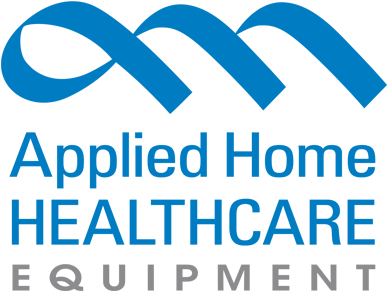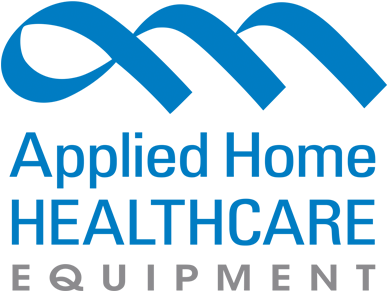PRODUCT CATEGORIES
CLASSES/REGISTRATION
WHAT'S YOUR ROLE?
DOT Law for Home Medical Oxygen
Understanding the Department of Transportation (DOT) regulations for home medical oxygen is crucial for ensuring safe and compliant transportation of these hazardous materials. Here is a comprehensive breakdown of the key DOT requirements for oxygen delivery drivers and vehicles.
What Is Required for Any Vehicle Transporting Hazardous Materials?
The U.S. Department of Transportation (DOT) mandates that any vehicle transporting hazardous materials, including home medical oxygen, must comply with specific regulations to ensure safety during transit. These requirements apply to vehicles engaged in commerce, regardless of the amount of hazardous material being transported.
Key Requirements
- Shipping Papers (49 CFR 172.200): Shipping papers must accompany any vehicle carrying hazardous materials. These documents detail the contents and are essential for emergency responders in case of an incident.
- Emergency Response Guide (ERG) Information (49 CFR 172.602): The vehicle must have an ERG or equivalent information onboard, providing crucial details for handling emergencies involving hazardous materials.
Onboard Requirements for Vehicles 1,001 lbs. and Over
For vehicles transporting 1,001 lbs. or more of hazardous materials, additional equipment is required to ensure safety and compliance with DOT regulations.
Required Equipment
- Oxygen Manifest (Shipping Papers): The oxygen manifest is a document detailing the quantity and type of oxygen being transported. This is crucial for tracking and compliance.
- Fire Extinguisher (10BC) (49 CFR 393.95): A 10BC-rated fire extinguisher must be onboard the vehicle. This ensures preparedness in case of a fire involving the hazardous materials.
- Spare Fuses: Vehicles must carry spare fuses to ensure the continued operation of electrical systems during transportation.
- Three Bi-Directional Reflective Triangles: These must be available for use in the event of a breakdown or emergency to alert other drivers.
External Vehicle Requirements for 1,001 lbs. and Over
When transporting 1,001 lbs. or more of hazardous materials, specific placarding and signage are required on the outside of the vehicle to alert others to the presence of hazardous materials.
Placarding and Signage
- Placards on All Four Sides (49 CFR 172.504): Vehicles must display placards on each side and each end, clearly indicating the hazardous materials being transported.
- Oxygen or Non-Flammable Gas Placards: The appropriate placards must be used based on the contents. If only oxygen is being transported, an oxygen placard is sufficient. If transporting oxygen along with other non-flammable gases, both placards may be displayed.
Shipping Papers: When They Are Required and What Must Be Included
Shipping papers are essential for any vehicle transporting hazardous materials in commerce. These documents provide vital information about the materials being transported and are necessary for regulatory compliance.
When Are Shipping Papers Required?
- Commerce Transportation (49 CFR 172.200): Shipping papers are required whenever hazardous materials are transported as part of commerce. This includes the delivery of oxygen cylinders to patients or other destinations.
- Material of Trade Exception (49 CFR 173.6): Shipping papers are not required if the hazardous material is classified as a Material of Trade, which typically applies to smaller quantities for personal or business use.
What Must Be Included on Shipping Papers?
- Proper Shipping Name (49 CFR 172.101): The exact name of the hazardous material as listed in the regulations.
- Emergency Response Phone Number (49 CFR 172.602): This number must be answered by someone knowledgeable about the material and the necessary emergency response.
- Updates When Hazard Increases: If the hazard level increases, such as adding more oxygen cylinders with higher pressure, the shipping papers must be updated to reflect the change.
Stay Safe and Compliant on the Road
Adhering to DOT regulations for home medical oxygen transportation not only helps ensure safety but also helps avoid hefty fines. Stay compliant by following the guidelines for documentation, vehicle equipment, and placarding, and ensure regular training for all personnel involved in the transportation process. For more detailed information and resources, visit the Applied Home Healthcare Equipment website.
By understanding and implementing these requirements, oxygen delivery drivers and companies can ensure safe and compliant operations.
You Might Also Like
Subscribe to our Newsletter
Get the latest regulatory info, accreditation news and exclusive discounts!
 View Cart []
View Cart []
